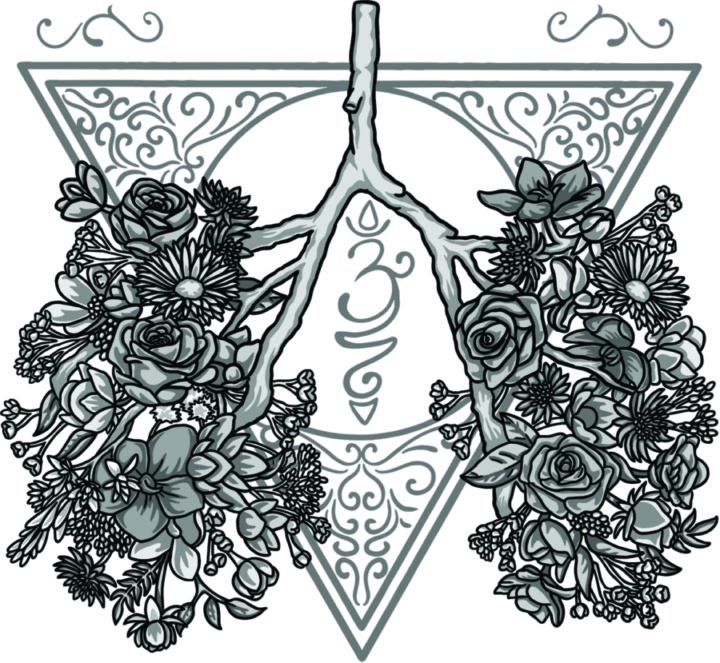Pranayama: The Transformative Power of Breath

What is Pranayama?
In recent years, yoga breathing techniques, known as Pranayama, have become increasingly mainstream, even making their way into the world of psychology. These ancient techniques are more than just breath control; they are tools for enhancing mental clarity, emotional regulation, and even physiological well-being.
The Science and Tradition Behind Pranayama
Pranayama works by opening up the respiratory channels, increasing lung capacity, and improving oxygen exchange. As a result, our brains receive more oxygen, increasing alertness and expanding our ability to perceive and process our emotions. Scientific research supports what yogic wisdom has taught for centuries: by shaping the breath, we can shape the mind.
A Personal Introduction to Breathwork
My first encounter with the power of breath came when a family member was diagnosed with major depression. He was encouraged to try transformational breathwork, a technique similar to holotropic breathwork, which involves deep, audible belly breathing through an open mouth. Witnessing his transformation was profound, and I began incorporating this practice into my own life. During times of deep stress, this technique has proven to be incredibly healing.
Breathwork: Meditation’s Best Companion
What I love most about breathwork is that it feels like getting two for one with meditation. It not only quiets the mind but also heals the body. Swami Rama, author of The Science of Breath, emphasizes that when we learn to control the breath, we learn to control the mind. I often tell my students, Make the breath bigger than any thought.
Even after two decades of yoga practice, I still find traditional seated meditation challenging. However, when I pair meditation with breathwork, I experience both mental stillness and physical healing. Leading meditation teacher Dr. Joe Dispenza has shared his belief that he healed his back injury through breathwork.
In 1986, during a triathlon, he suffered an accident that resulted in compression fractures of six vertebrae, with bone fragments on his spinal cord. Medical professionals recommended surgery involving the implantation of Harrington rods, but Dr. Dispenza chose a different path. He dedicated himself to mental imagery meditation and breathwork, focusing on reconstructing the spine in his mind. Remarkably, within ten weeks, he was able to stand and walk again without surgical intervention.
The Yoga Sutras and the Hierarchy of Practice

In my book, The Daily Guide to the Yoga Sutras, I explore how Patanjali discusses breathwork in six sutras. He structures his 8-limbed path of yoga in a hierarchy, placing the physical practice (asana) before pranayama. I strongly recommend practicing yoga postures first before sitting for breathwork, as this sequence prepares the body for deeper breath control. In my experience, reversing this order feels unnatural and almost regressive.
The Sutras on Pranayama
Patanjali offers detailed guidance on pranayama, particularly in six key sutras:
Sutra 1.34: We can find peace of mind through controlled exhalation (rechaka) and breath retention (kumbhaka). (Try this exercise by UAB student affairs—see video)
Sutra 2.49: Pranayama is the control of the inhalation and exhalation of breath.
Sutra 2.50: He introduces three specific breath control techniques: desa (the place of breath), kala (the duration of breath), and sankhya (the number of breaths). (Try the practice here)
Sutra 2.51: Pranayama transcends the internal and external realms, allowing us to enter deeper states of consciousness and self-awareness. (Try this practice—see video)
Sutra 2.52: Pranayama lifts the dark veil covering the inner self, revealing the light of awareness within us. This wisdom, written around 400 BCE, is now becoming a cornerstone of modern psychology and neuroscience.
Sutra 2.53: Pranayama readies one for concentration – dharana (the 6th limb of yoga).
Bringing Breathwork into Daily Life
Breathwork isn’t just for yoga class—it’s a practical tool for everyday life. The next time you feel anxious or out of balance, immediately return to your breath. Doing so will regulate your nervous system and emotional state, providing a natural and accessible way to restore inner peace.
As more research and education bring awareness to these ancient practices, I believe pranayama will continue to integrate into mainstream therapeutic techniques, helping people worldwide access deeper healing and self-discovery.
Are you ready to explore the power of breath? Try the practices in the videos linked throughout this blog and experience the transformation for yourself.





Leave a Reply
Want to join the discussion?Feel free to contribute!